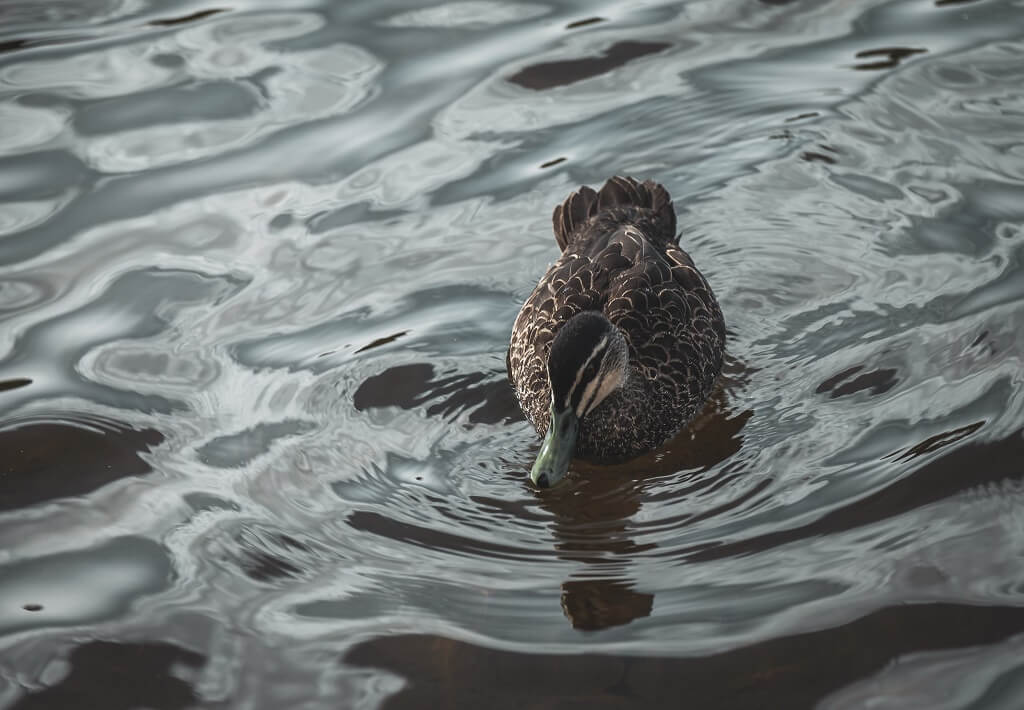Water is essential to life, but it is a limited resource. Freshwater makes up only 3% of the total amount of water on the planet. Freshwater is endangered by a variety of pressures, including global warming. over-development, and polluted runoff, despite its importance to natural & human societies.
What Is Meant by Freshwater & Where Can You Find It
Water is a wonderful element. It is remarkable in that it may be found as a liquid, solid, or gas in nature. As the temperature of rivers, lakes, and oceans, and streams rises, some water could turn to gas, forming moisture clouds. Some of the liquid in these clouds falls as snow or rain as they float over land or seas that are cool. Snow and rain that falls on the ground penetrates low spots, feeding groundwater tables and aquifers, or runs downwards, forming headwaters.
After flowing into the streams, these headwaters then flow into lakes and rivers. These waters ultimately travel towards the sea, restarting the cycle. Water may be divided into two types: fresh water and saltwater. Saltwater makes up 97 percent of water and therefore is largely found in our seas and oceans. groundwater, wetlands, streams, rivers, ponds, reservoirs, lakes, and glaciers also contain freshwater. Such freshwater habitats cover less than one percent of the globe's surface area but are still home to ten percent of all recognized animals including up to forty percent of all recognized fish species.
Why Freshwater Is Essential
Freshwater makes up about 2.5 percent of water collectively present on Earth, and only around 1% of that is accessible - even though it is critical for human survival. power generation, industry, irrigation, agriculture, and drinking water, all require fresh water. Furthermore, freshwater habitats are home to 10% of the animal species in the world, several of which are critically endangered. Freshwater - wetlands, lakes, or rivers – are at the center of most ecosystems. Several of our distinctive taonga, like plants, fish, and birds would perish if freshwater environments were not healthy.
We can't exist without drinkable water, and the drinking water we consume must remain clean and free of disease-causing microorganisms. We also wash our homes, ourselves, and our clothes with water. Over one hundred fifty years of human growth and also land-use variations have put a strain on our rivers and lakes. In certain regions, the quality of water has degraded. This has an impact on the fish & various aquatic species, as well as our safe drinking water and also how we enjoy water activities like fishing and swimming.
Challenges And Threats
Freshwater is essential to life, as it supports human civilizations and the ecosystem. Freshwater is used in many facets of everyday life, such as sanitation, manufacturing, power generation, and food production. Nevertheless, it is in growing jeopardy. Although water covers two-thirds of the surface of the planet, just around 3% of it is pure. Pollution within the world's lakes, rivers, and streams makes water unfit for human consumption and damages local wildlife. Excessive usage, partly caused by the growing population, produces scarcity of water & dries up rivers, lakes, and streams before they approach the downstream neighbors or sea, causing conflict in certain cases.
For subsequent generations, freshwater access would be a defining problem. The quality and quantity of freshwater seem to be the two most pressing concerns.
Quantity of Water
Roughly half of the population of the world will live in water-scarce areas by 2050, and more than a quarter of towns are currently experiencing water shortages. While the hazards of water shortages are greatest in or surrounding the Middle East, it is a worldwide issue that threatens cities like cape town, Moscow, Bangalore, Miami, Tokyo, London. This emphasizes the need of safeguarding the integrity of the resources we do still have.

Quality of Water
Freshwater quality is equally as crucial as quantity. Every year, bad water quality kills more people than other types of violence combined, including wars. Inadequate water quality additionally puts over half of fish species, existing in the freshwater and thirty percent of all amphibians at danger of extinction.
Quality of water encompasses a variety of parameters such as chemical levels, nutrients, pH, and temperature. These values fluctuate naturally across various freshwater environments, however, human activity could produce dramatic changes in the quality of water that natural settings cannot consistently rebound from.
You've probably heard regarding the disastrous effects of oil spills affecting marine environments, however, are you aware that the chemicals used in our daily lives also pose a serious threat to freshwater ecosystems? This contamination originates from local farms, residences, roadways, sewage treatment plants, and some other sources.
An overwhelming nutrient inflow, particularly phosphates and nitrates, is one of the most serious risks to freshwater. phosphates and nitrates are important for the growth of the plant and exist naturally within the environment. Nutrient levels in sustainable freshwater habitats are often quite low - only enough to support the plants who dwell there.
Human activities on land, on the other hand, might produce more nutrients to enter the water. these Nutrients are typically found in industrial and household waste & sewage, and also fertilizers washing off of farmland & then into streams, rivers and lakes.
When there are far too many nutrients entering freshwater, a condition known as eutrophication develops. The additional nutrients promote the fast development of algae, resulting in toxic algal blooms that can smother other forms of life. Because of the reduction in environmental integrity, our water requires more treatment before it is considered acceptable to use and drink.
Our food may become tainted, and other functions provided by natural ecosystems, such as climate regulation and carbon storage, may be jeopardized. This has the potential to have a far-reaching impact on human life. Man-made pollution influences almost all freshwater habitats. The desire for freshwater keeps growing, and also some localities are experiencing shortages at particular periods of the year. As a result, we must actively maintain our freshwater resources.



